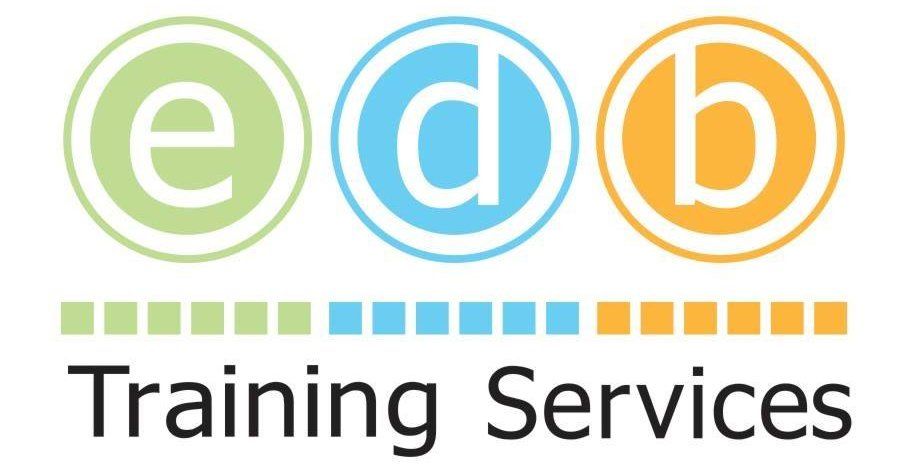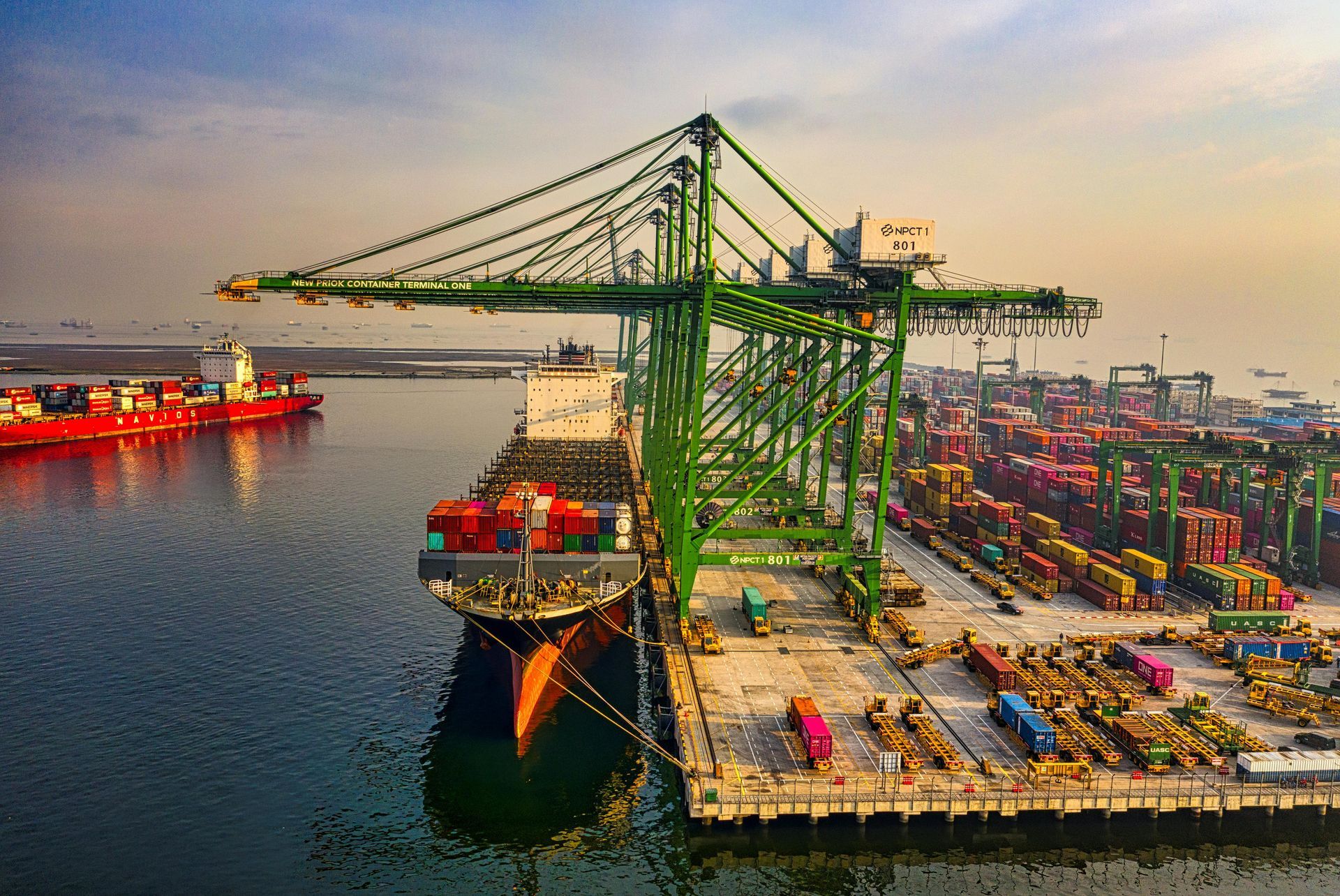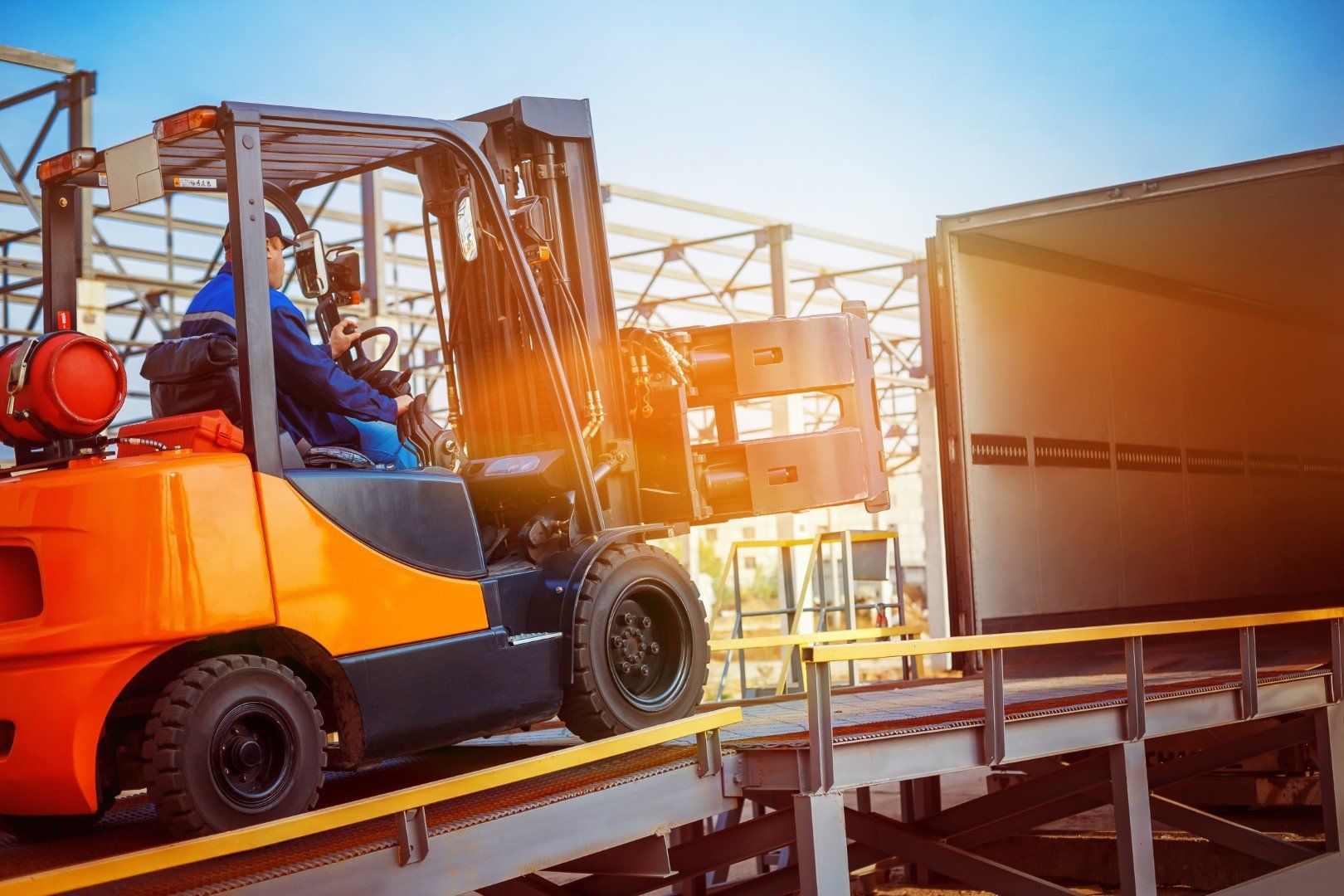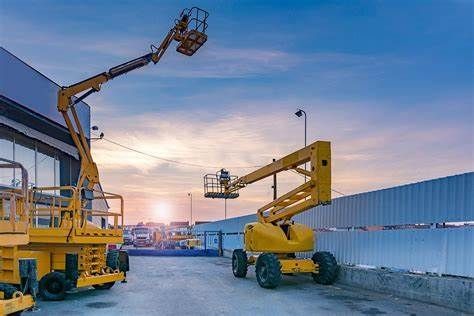How to do a Daily Inspection of an EWP
Ensure Safety is Number 1 With a Daily EWP Check

What Are the Daily or Pre-Use Inspection Requirements for EWPs?
A Complete Checklist for Safe Elevated Work Platform Operation
Elevated Work Platforms (EWPs) are essential in many industries across Australia, including construction, warehousing, building maintenance, and utilities. Whether it is a boom lift, scissor lift, or vertical lift, these machines allow workers to safely access heights. However, because of the risks involved in working at elevation, daily or pre-use inspections are critical. Not only do they ensure the safety of operators and workers nearby, but they are also a legal requirement under Work Health and Safety (WHS) laws in Queensland and across Australia.
This guide explains the daily or pre-use inspection requirements for EWPs, including the exact checklist and step-by-step process operators should follow before starting work.
Why Are Daily EWP Inspections Necessary?
Before looking at the checklist, it’s important to understand why daily inspections matter:
- Safety compliance: The WHS Act 2011 (Qld) and Safe Work Australia guidelines require that plant and equipment be inspected and maintained regularly.
- Accident prevention: Many incidents occur because of preventable issues, such as low hydraulic oil, faulty brakes, or worn tyres.
- Equipment reliability: Identifying problems early reduces downtime and costly repairs.
- Legal protection: Employers and operators can face penalties if an accident occurs and inspection records cannot be produced.
In short, inspections save lives, prevent injuries, and protect businesses.
Who Should Carry Out the Pre-Use Inspection?
Only a trained, licensed, and competent operator should carry out the daily inspection. For example, boom lifts with a boom length of 11 metres or more require a High Risk Work Licence (HRWL – class WP). Smaller EWPs, such as scissor lifts, do not require a HRWL but still demand formal training under the RIIHAN301E – Operate Elevating Work Platform unit of competency.
Operators must also complete site inductions and be familiar with the manufacturer’s operating manual.
When Should EWP Inspections Be Performed?
- At the start of each work shift
- Before the EWP is first used each day
- Whenever a different operator takes over
- After moving the EWP to a new location or job site
If faults are found, the machine must be tagged out of service immediately until repaired by a qualified technician.
Daily Pre-Use EWP Inspection Checklist
Here is a comprehensive checklist that covers both visual inspections and functional tests.
1. General Visual Checks
Start with a full walk-around inspection:
- Look for damage, cracks, or dents on the chassis, platform, and guardrails.
- Check that warning decals, signage, and operating instructions are present and legible.
- Inspect tyres or tracks for wear, cuts, or under-inflation.
- Ensure wheel nuts are tight and secure.
- Check the battery compartment for leaks, corrosion, or loose connections.
- Inspect hydraulic hoses, fittings, and cylinders for leaks, kinks, or damage.
- Confirm that safety harness anchor points are intact and undamaged.
2. Fluids and Power Systems
- Check hydraulic oil levels.
- Inspect engine oil and coolant if powered by diesel or petrol.
- Ensure the battery is fully charged and the charger is disconnected.
- Look for fuel leaks on combustion-powered EWPs.
3. Platform and Guardrails
- Ensure the platform floor is clean and free from debris or grease.
- Check guardrails, mid-rails, and toe boards for structural integrity.
- Verify that gates and entry points are secure and self-closing.
4. Controls and Safety Devices
From ground level, test:
- Emergency stop button – should cut all power instantly.
- Ground controls – ensure they override platform controls when necessary.
- Tilt, overload, and descent alarms – confirm they activate correctly.
- Limit switches and interlocks – must prevent unsafe movement.
5. Platform Controls (Functional Tests)
Once on the platform, test all functions in a safe, open area:
- Raise and lower the platform smoothly.
- Extend and retract the boom or scissor mechanism.
- Rotate the turntable (for boom lifts).
- Drive forward and reverse.
- Check steering and braking response.
- Confirm that speed and movement are restricted when elevated (if applicable).
6. Emergency Systems
- Locate and test the manual emergency descent system.
- Confirm the backup lowering device functions correctly.
- Ensure fire extinguishers are available if required.
Step-by-Step Pre-Use Inspection Process
To make inspections easier, follow this systematic process:
- Preparation
- Review the operator’s manual.
- Wear appropriate PPE (hard hat, safety boots, harness).
- Ensure the EWP is on a level surface before inspection.
- Walk-Around Inspection
- Start at one point and work clockwise around the machine.
- Check tyres, chassis, guardrails, hoses, fluids, and signage.
- Ground Control Test
- Activate the ground controls.
- Check emergency stop, alarms, and safety devices.
- Platform Control Test
- Climb into the platform with fall protection gear.
- Test all movements and functions.
- Emergency System Check
- Locate manual lowering devices.
- Test emergency descent controls.
- Record Keeping
- Document inspections on the daily logbook or checklist.
- Report and tag any faults immediately.
Record Keeping and Legal Compliance
Under WHS Regulations 2011 (Qld) and AS 2550.10 – Safe Use of Mobile Elevating Work Platforms, operators must keep inspection records. This means every daily check should be signed off in a logbook or digital record system.
If regulators such as WorkSafe QLD conduct an inspection, these records prove that the business has taken reasonable steps to manage risks.
Common Issues Found in Daily Inspections
Some of the most frequent faults discovered include:
- Low hydraulic oil or fuel leaks
- Worn or flat tyres
- Missing decals and warning signs
- Faulty emergency stop buttons
- Batteries not holding charge
- Cracked welds or damaged guardrails
By catching these problems early, operators prevent breakdowns and accidents.
Consequences of Skipping Inspections
Failing to complete pre-use checks can have serious consequences:
- Injury or death from equipment failure at height
- Fines and penalties for employers under WHS law
- Equipment damage leading to expensive repairs
- Insurance claims denied due to non-compliance
- Reputational harm for businesses ignoring safety standards
For these reasons, inspection is non-negotiable.
How Training Supports Safer EWP Inspections
Completing a nationally recognised training course ensures operators not only know how to use EWPs safely but also how to conduct comprehensive pre-use inspections. At EDB Training Services in Brisbane, we deliver both scissor lift and boom lift training aligned with Queensland safety requirements.
Our training covers:
- Hazard identification
- Daily inspection procedures
- Safe operating practices
- Emergency response procedures
- WHS legislative requirements
By training with an accredited RTO, workers gain both the skills and confidence to operate EWPs responsibly.
Performing a daily or pre-use inspection of EWPs is not just a formality—it’s a life-saving step that ensures compliance, safety, and productivity on worksites. By following the checklist and inspection process outlined above, operators can minimise risks and keep equipment in peak condition.
Remember:
- Always perform inspections before each shift.
- Tag out and report any faults immediately.
- Record inspections to meet legal obligations.
- Ensure operators are properly trained and licensed.
When it comes to working at heights, safety starts before the platform is raised.
For more information contact EDB Training Services for all your EWP Licence requirments
